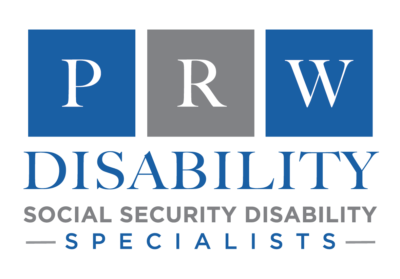Frequently Asked Questions
The SSDI program pays benefits to you and certain family members if you are “insured.” This means that you worked long enough – and recently enough – and paid Social Security taxes on your earnings. The SSI program pays benefits to adults and children who meet our requirements for a qualifying disability and have limited income and resources.
While these two programs are different, the medical requirements are the same. If you meet the nonmedical requirements, monthly benefits are paid if you have a medical condition expected to last at least one year or result in death.
Social Security Disability Insurance Program (SSDI)
SSDI provides benefits to disabled or blind people who are “insured” by workers’ contributions to the Social Security Trust Fund. These contributions are based on your earnings (or those of your spouse or parents). Your dependents may also be eligible for benefits from your earnings record.
Supplemental Security Income Program (SSI)
The SSI program makes cash assistance payments to aged, blind, and disabled people (including children) who have limited income and resources. Resources include cash; bank accounts; stocks, mutual funds, and U.S. savings bonds; land; life insurance; personal property; vehicles; anything else you own which could be changed to cash and used for food or shelter; and deemed resources. The countable limit for resources is $2,000 for an individual and $3,000 for a couple.
You may be considered “disabled” under Social Security if the following are true:
- You cannot do work and engage in substantial gainful activity (SGA) because of your medical condition;
- You cannot do work you did previously or adjust to other work because of your medical condition; and
- Your condition has lasted or is expected to last for at least 1 year or to result in death.
- Are you working?
- If you are working in 2023 and your earnings average more than $1,470 ($2,460 if you are blind) a month, you cannot be considered disabled.
- Is your condition severe?
- Your condition must significantly limit your ability to do basic work-related activities, such as lifting, standing, walking, sitting or remembering – for at least 12 months.
- Is your condition found in the list of disabling conditions?
- For each of the major body systems, Social Security maintains a list of medical conditions they deem severe enough to prevent a person from working. If your condition is on the list, Social Security will find that you have a qualifying disability. To see if your condition is on the list contact PRW Disability at 800-925-9520 or fill out this form and PRW will contact you directly. If your condition is not on the list, go to the next step (Step #4).
- Do your physical and/or emotional impairments prevent you from performing any of the work you performed 15 years prior to your date of disability?
- Is there any other type of work you can perform?
- Social security will consider your medical conditions, age, education, past work experience and any transferable skills you may have. If you can’t do other work, you will qualify for benefits.
Yes! If you are approved for:
- Social Security Disability: You will be eligible for Medicare. Consists of hospital insurance (Part A), supplementary medical insurance (Part B), and Medicare Advantage (Part C). Voluntary prescription drug benefits (Part D) are also included. Title XVIII of the Social Security Act authorizes Medicare.
- Supplemental Security Income: You will be eligible for Medicaid. A jointly-funded, Federal-State health insurance program for people with limited income and resources. It covers certain children, and some or all of the aged, blind, and disabled in a state who are eligible to receive federally assisted income maintenance payments.
To qualify for Social Security Disability Insurance (SSDI) benefits, you must:
- Have worked in jobs covered by Social Security and have a medical condition that meets Social Security's definition of disability. If approved, monthly benefits are paid to people who are unable to work for a year or more because of a disability.
- Additionally, you may be eligible for benefits for as many as 12 months before you apply if we find you had a disability during that time and you meet all other requirements.
- Benefits usually continue until you can work again on a regular basis. There are also several special rules, called work incentives, that provide continued benefits and health care coverage to help you make the transition back to work.
- If you are receiving SSDI benefits when you reach full retirement age, your disability benefits automatically convert to retirement benefits, but the amount remains the same.
Certain members of your family may qualify for benefits based on your work. They include:
- Your spouse, if they are age 62 or older.
- Your spouse at any age, if they are caring for a child of yours who is younger than age 16 or who has a disability.
- Your unmarried child, including an adopted child, or, in some cases, a stepchild or grandchild. The child must be younger than age 18 (or younger than 19 if still in high school).
- Your unmarried child, age 18 or older, if they have a disability that started before age 22. The child’s disability must also meet the definition of disability for adults.
Children under age 18 can get SSI if they meet Social Security's definition of disability for children and there are limited income and resources in the household. Social Security defines a disability as:
- The child must have a physical or mental condition(s) that very seriously limits his or her activities; and
- The condition(s) must have lasted, or be expected to last, at least 1 year or result in death.

